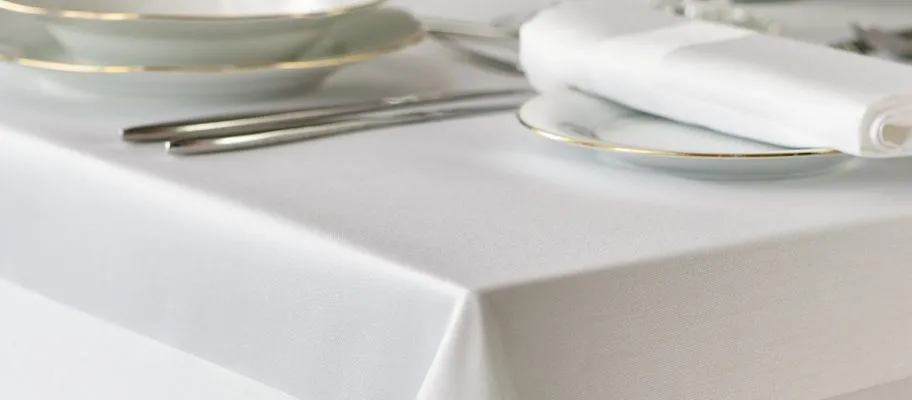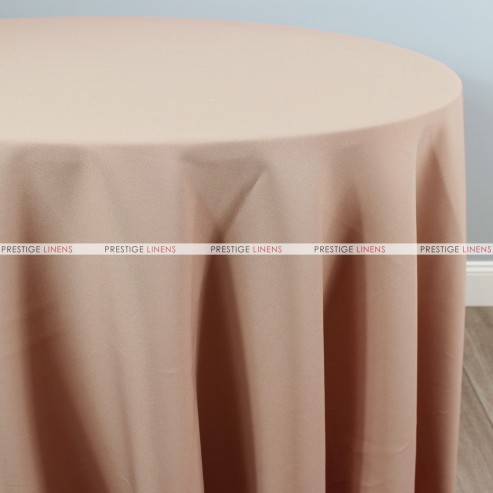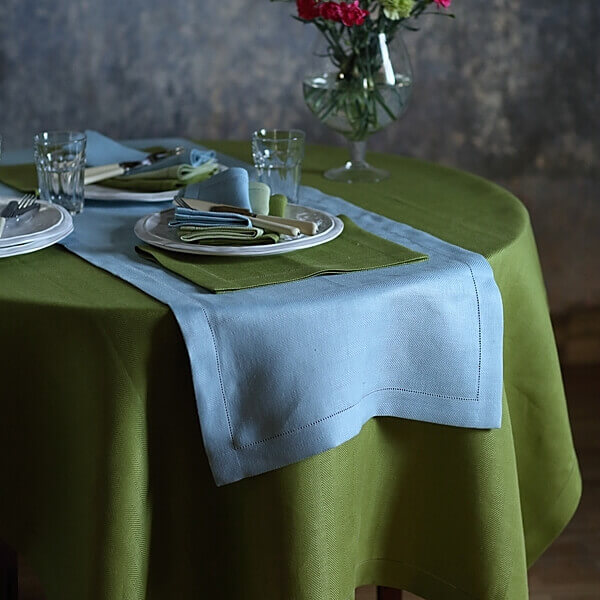Bed Linen Fabric Advancements: Discovering Modern Trends and Creative Applications in Design and Textile Market
From lasting manufacturing methods to cutting-edge weaving innovations, the development of linen is reshaping the landscape of the textile market. As we dive into the realms of innovative layout applications and the introduction of bed linen blends and hybrid textiles, a brand-new chapter unfolds in which linen's role in future textile technologies takes facility stage.
Sustainable Practices in Linen Manufacturing
Lasting methods in linen manufacturing have come to be progressively essential in the textile market's initiatives to reduce environmental effect and advertise honest sourcing approaches. Linen, an all-natural fiber derived from the flax plant, uses a variety of advantages such as breathability, biodegradability, and durability. Nonetheless, conventional approaches of bed linen production can include substantial water intake, chemical use, and energy-intensive processes.
To deal with these challenges, lots of textile makers are taking on sustainable practices throughout the bed linen production process. This includes sourcing flax from natural ranches that prevent harmful pesticides and chemicals, applying water-efficient retting strategies to remove fibers from the flax stalks, and making use of environment-friendly dyes and finishes. In addition, some business are buying renewable resource resources to power their production centers and decreasing waste via recycling and upcycling initiatives.
Technical Developments in Linen Weaving
With the growing emphasis on lasting methods in bed linen production, the textile market is now witnessing a rise in technological innovations specifically focused on changing the art of linen weaving. These advancements are reshaping the way linen fabrics are produced, offering increased performance, top quality, and creativity in weaving techniques.
Among the key technological developments in bed linen weaving is the combination of digital looms. These sophisticated looms are equipped with software application that permits complicated and complex styles to be woven with accuracy. By digitizing the weaving process, suppliers can accomplish higher consistency and accuracy in their bed linen textiles.
Additionally, advancements in yarn spinning technology have enabled the production of finer and more sturdy bed linen threads - table cloths. This results in softer and smoother bed linen materials that retain their top quality also after numerous usages and laundries
In addition, the development of environment-friendly dyeing procedures and surfaces for bed linen materials is gaining traction. These lasting practices not only lower the ecological impact yet also accommodate the boosting consumer need for ethically created fabrics.
Creative Design Applications for Bed Linen
Ingenious artistic techniques are significantly forming the innovative design applications for linen in the textile market. Designers are pushing the limits of traditional linen use, exploring its adaptability in numerous applications. One prominent pattern is the combination of linen in sustainable fashion lines, where its green residential properties are highlighted. Linen's natural visual charm and ability to blend with various other materials make it a favored selection for creating distinct garments and accessories that cater to the ecologically conscious consumer.
In addition, developers are explore linen in home style, using its breathable and durable nature to craft stylish home furnishings such as drapes, bed linen, and upholstery. The texture and drape of bed linen bring a sense of sophistication and convenience to interior areas, adding a touch of sophistication to modern homes.

Linen Blends and Crossbreed Fabrics

Hybrid materials, on the other hand, take the idea of mixing a step further by including extra elements such as metal threads, recycled products, or conductive fibers. These ingenious fabrics not just broaden the design possibilities yet also look at this web-site introduce practical elements like conductivity, antimicrobial residential properties, or enhanced longevity. Crossbreed materials are increasingly being used in various industries, consisting of style, interior decoration, and technological textiles, where the need for multifunctional materials is on the rise.
Linen's Function in Future Fabric Innovations

In the realm of future fabric developments, linen is anticipated to be a crucial gamer in the development of innovative functional materials. Developers and researchers are checking out means to improve bed linen's inherent high qualities via technological developments, such as integrating smart fabrics, nanotechnology, and efficiency surfaces. These innovations intend to raise bed linen's performance attributes, making it ideal for a more comprehensive variety of applications, from activewear to protective apparel.
Additionally, the combination of bed linen with other all-natural or artificial fibers opens up limitless possibilities for producing unique textiles with one-of-a-kind residential or commercial properties and performances. By leveraging bed linen's attributes and checking out cutting-edge blends, the fabric industry is positioned to introduce amazing developments that satisfy evolving consumer needs and sustainability requirements.
Conclusion
In verdict, the expedition of lasting techniques, technical improvements, creative style applications, bed linen blends, and its duty in future fabric advancements highlight the constant advancement of bed linen fabric in the modern-day style and fabric market. With a focus on technology and imagination, the convenience and environmentally friendly nature of bed linen make it an important product for makers and designers alike, leading the way for additional developments and innovations in the field of textiles.
As we dive into the worlds of creative style applications and the emergence of linen blends and hybrid textiles, a new phase unravels in which bed linen's duty in future textile advancements takes facility phase.
Checking out the fusion of bed linen with other materials has led to the development of ingenious blends and hybrid fabrics in the contemporary textile industry. Bed linen blends provide an unique visit here mix of the attributes of bed linen with those of various other fibers, resulting in textiles that have enhanced homes such as increased longevity, improved draping, and reduced wrinkling.The evolution of linen blends and hybrid textiles has actually set the phase for Linen to play an essential duty in driving future fabric technologies.In the world of future textile technologies, bed linen is expected to be a vital player in the development of sophisticated useful fabrics.